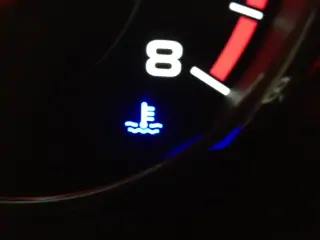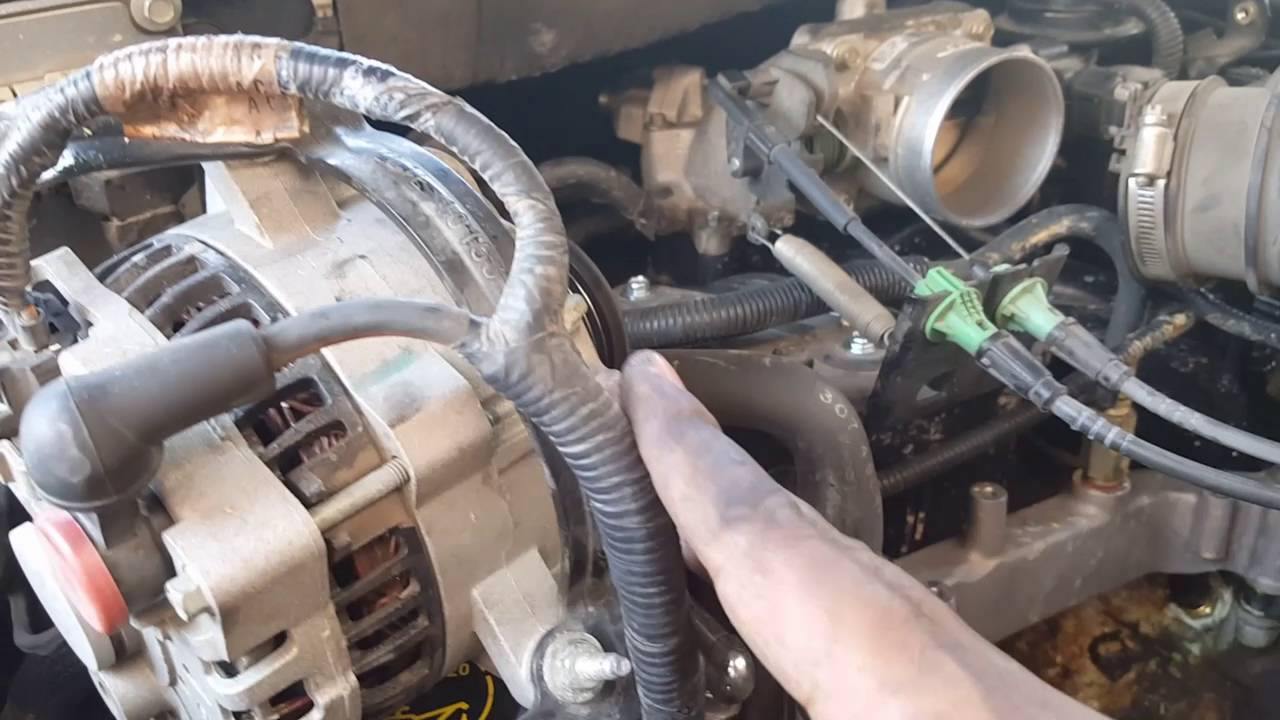Why is My Engine Running Cold?

A blue light often shows a colder-than-normal engine.
Ever jumped in your car on a frosty Hamilton morning, started it up, and noticed that blue temp light glaring at you for ages as you crawl down Te Rapa Straight or bank up at the lights on Victoria St? Or maybe you’re heading out to Cambridge or Ngaruawahia and the car just won’t warm up like usual. Plenty of drivers ask us at the workshop why their engine’s not getting up to temp – and yeah, it’s common over winter, but can crop up any time, especially with NZ’s wild weather swings.
Basically, your engine wants to run somewhere around 90°C for everything to work sweet as. If it stays cold, you get less power, it burns more gas, and it can start costing you in the long run. Usually, it’s something off with the thermostat or the cooling system. If it sticks open, or if the fans and sensors are misbehaving, your engine just isn’t getting cosy like it should. Want to know the full story on how all that cooling stuff works? Learn more about how the cooling system works >
Why does this happen? (Common Causes)
- Thermostat stuck open – Classic one, this. Had a woman from Flagstaff with a Nissan Dualis the other week, heater always running cold. Thermostat just wouldn’t close. If it’s stuck open, it lets way too much coolant flow, so the engine just stays cold.
Thermostat replacement in Hamilton - Dodgy temperature sender – Some cars, especially late-model Mazdas and those newer Peugeot hatches, rely on sensors to tell when to open the thermostat. If the sender’s giving weird signals, it could have your engine running too cool for the whole Perkins Rd school run.
- Radiator fan drama – Sometimes the fan just won’t stop spinning, even when you’re stuck in traffic on Hukanui Road. If that happens, the coolant never gets a break and your engine won’t warm up right.
- Faulty gauge or wiring – We had a bloke with a Skoda Octavia swearing his car never warmed up on the expressway to Morrinsville. Turned out it was just the gauge or the wiring playing up! Easy fix, but sure makes you worry.
What should I look out for?
- Sluggish performance – When you put your foot down pulling out of the Countdown car park and it barely wants to go, that can be a cold engine. Not just on old Commodores either, lots of Suzuki Swifts and Toyota hybrids do this when cold.
- Drinks more fuel – Burning more petrol than usual on your runs between Hamilton and Huntly? Cold engines run richer, so you’ll notice it on long commutes.
- Blue or cold temp warning light – Some cars (looking at you, Honda Fit) keep shining that blue light at you – means cold engine.
- Check Engine Light on – Modern Subarus and those European numbers like Citroens will throw a code or light up the dash if they reckon the thermostat’s stuck open.
- Extra emissions – Bit hard to spot yourself, but your car might fail a WOF (Hamilton or out in Ngauruawahia) if your exhaust is spitting out too much nastiness from it running cold all the time.
Diagnostics, Repairs & Sorting it Out in Hamilton
Noticed your engine’s running cooler than your morning walk down Peachgrove Road? Book in with us at Grimmer Motors. Our team’s got all the kit – digital thermometers, proper scan tools, and the know-how you get from years of spannering on everything from late-model Kia Carnivals to trusty old Ford Escorts. Whether it’s swapping out your thermostat, fixing that stubborn sensor, chasing down dodgy wiring or fans, or just sussing out why your heater’s stone cold in winter, we’ll get you sorted.
For low engine temp checks or any cooling system drama in Hamilton and the Waikato, get hold of us at Grimmer Motors. We’ll get you back on the road running sweet as in no time.

